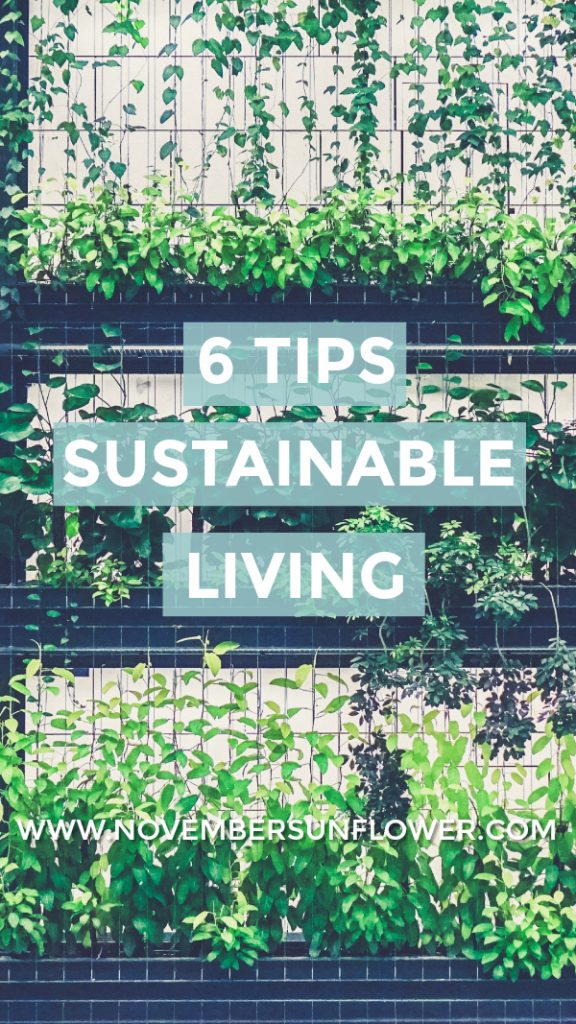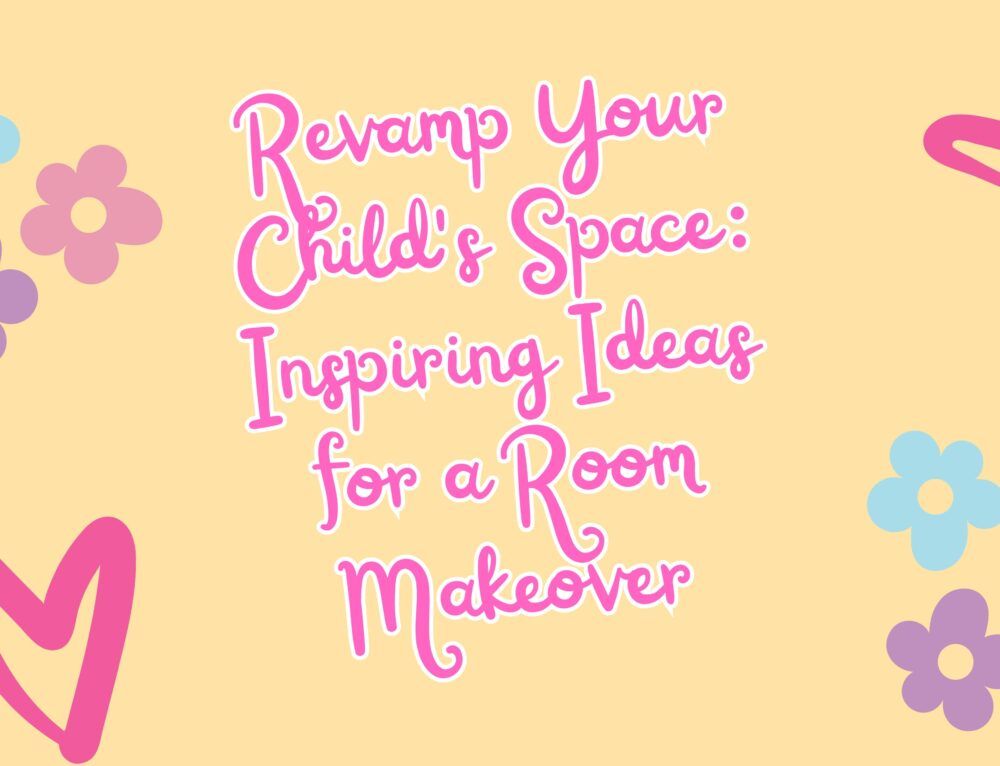Minimalism and sustainability have gone from a niche movement to the mainstream. With more of us considering our impact on the planet and taking stock of our rampant consumerism, we’re starting to pay attention to how our lifestyles impact the planet. If you’re thinking about how you can make the move to sustainable living, or maybe you’re worrying about how you can get by without your old habits, don’t worry. It’s actually not as hard as you might think.
6 tips to help you move to sustainable living
These 6 tips will help you make the move to a minimalist and sustainable lifestyle.
Avoid pre-packaged food
It might sound crazy, but avoiding pre packaged food is one of the best ways to lower your eco impact. When you consider that a third of our landfills are full of food packaging, including cling wraps and disposable cups, you’ll understand why this is such a big deal. So how can you avoid it?
Cooking you meals from scratch, using locally sourced and fresh ingredients and avoiding ready meals is the simple trick here. Also, buy a reusable coffee cup and water bottle for when you’re on the go.
Repair and reuse
When possible, if something breaks, try and fix it. Our disposable culture means that often we’ll just throw something at the first sign of wear and tear. This is something our grandparents would balk at. Patches on ripped clothes or repairing electronics instead of upgrading them is what we should be doing.
If something is beyond repair, give it a new lease of life. Create pillows and patchwork out of old clothes. Use old pans to make planters, and dead electronics can be recycled at your local center.
Use less of everything
Turn off lights and electronics when you’re not using them, never leave the A/C running when you’re out of the house and try and reuse water at home. Water plants with used bath or dish water. There’s great designs online to transform a rain barrel to collect and filter rainwater to clean your car or even clothes.
This also applies to things like buying toys, gadgets and clothes. If you don’t really need it, why buy it? Before buying anything, ask yourself: will I use this more than once before it gathers dust.
Grow your own
Live in a tiny apartment in the city? Get yourself a window box. It’s amazing what you can grow in a window box.
- herbs
- chili plants
You don’t need a huge yard for a veggie garden. Some fruits and vegetables can grow in something no bigger than an old pot.
Of course if you have more space, make a vegetable plot and get growing. There are many ingenious ways to make space in even the smallest plot of land, and the satisfaction of growing your own produce is something that many of us don’t experience these days. Your home grown veg will taste incredible too!
Buy sustainable products
Let’s not kid ourselves, in the modern era we still have things we need to buy such as electronics and clothing. So when possible try and go for sustainable brands. For example, the Fairphone. It’s a sustainable smartphone, made of recycled components and is easily upgradeable. The aim of Fairphone: replace modules when they stop working, not the whole phone.
There is a growing army of sustainable fashion companies for when you need to pick up some new threads. Big brands like Patagonia, Stella McCartney and People Tree, who all source organic and fairly made threads. There are also new kids on the block like wool shoe producers, who’s line of sustainably produced stylish wool shoes make a great alternative to the mass produced mainstream brands.
Aim for B Corp certified brands, or those who use recycled, organic or fair trade materials.
Say no to plastic
Single serving plastic is one of the biggest problems the world is facing in terms of pollution. It doesn’t biodegrade, and most of it ends up in the sea. Just say not to single serving plastic items.
This includes promotional items such as pens or stress balls which you might pick up from a conference, or plastic gadgets like cheap drones or selfie sticks. If something’s plastic, look for an alternative.
Hopefully these handy sustainable living suggestions have started some ideas to help you get started. If in doubt, start small, such as avoiding single serving plastic, and then go from there. Good luck!
Author bio: Ashley Rosa is a freelance writer and blogger. As writing is her passion that why she loves to write articles related to the latest trends in technology and sometimes on health-tech as well. She is crazy about chocolates. You can find her at twitter: @ashrosa2.






